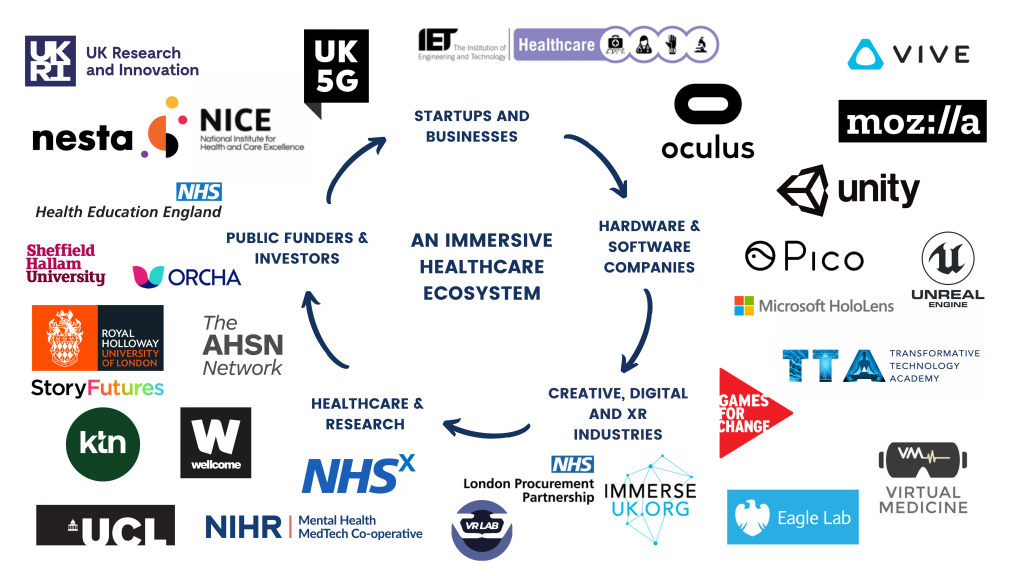
The field of AR and VR development continues to evolve rapidly, offering developers a range of tools to create immersive experiences. Here’s a look at some of the most popular options in 2024:
AR Development Tools:
- ARKit (Apple): This free and open-source framework is the primary tool for building AR experiences for iOS devices. It provides features for object tracking, world mapping, and facial recognition.
- ARCore (Google): Similar to ARKit, ARCore is a free and open-source framework for creating AR applications on Android devices. It offers similar functionalities and allows developers to reach a wider mobile user base.
- Vuforia (PTC): A commercial AR development platform offering a wide range of features including object recognition, cloud-based storage, and analytics. It supports a variety of platforms and devices, making it a versatile option for professional developers.
- Unity (AR Foundation): This popular game engine provides an AR Foundation plugin that simplifies the integration of AR features into games and applications. It offers cross-platform support for various AR platforms.
- Unreal Engine (ARKit/ARCore plugins): Similar to Unity, Unreal Engine offers plugins for both ARKit and ARCore, allowing developers to build AR experiences within the engine’s familiar environment.
VR Development Tools:
- Unreal Engine: As mentioned earlier, Unreal Engine provides powerful tools for creating high-fidelity VR experiences. It offers features for spatial audio, physics simulation, and VR input handling.
- Unity: Similar to AR, Unity provides VR input support and tools for creating VR experiences within the engine. It offers cross-platform support for various VR headsets.
- SteamVR (Valve): A free and open-source platform offering tools and documentation specifically for developing VR experiences for the SteamVR ecosystem. It supports a wide range of VR headsets and controllers.
- Oculus (Meta) SDK: This platform offers development tools and documentation for building VR applications for Oculus headsets. It includes features like hand tracking, spatial audio, and integration with other Meta services.
Additional Considerations:
- 3D Modeling Software: Both AR and VR often require 3D models for objects and environments. Popular software options include Maya, Blender, and ZBrush.
- XR (Extended Reality) Platforms: Several emerging platforms offer integrated development environments for building AR and VR experiences. These platforms, like Microsoft Mesh and Facebook Horizon, offer tools and APIs for creating interconnected and immersive experiences.
Choosing the right tools depends on your project’s requirements, target platforms, and budget. Researching individual tools and experimenting with those that offer free trials or open-source options can help you find the best fit for your needs.
Say goodbye to the hassles of bike ownership! MotoShare.in offers affordable rentals, whether you need a scooter for errands, a bike for a road trip, or a reliable ride to explore new cities.

 Starting: 1st of Every Month
Starting: 1st of Every Month  +91 8409492687
+91 8409492687  Contact@DevOpsSchool.com
Contact@DevOpsSchool.com
